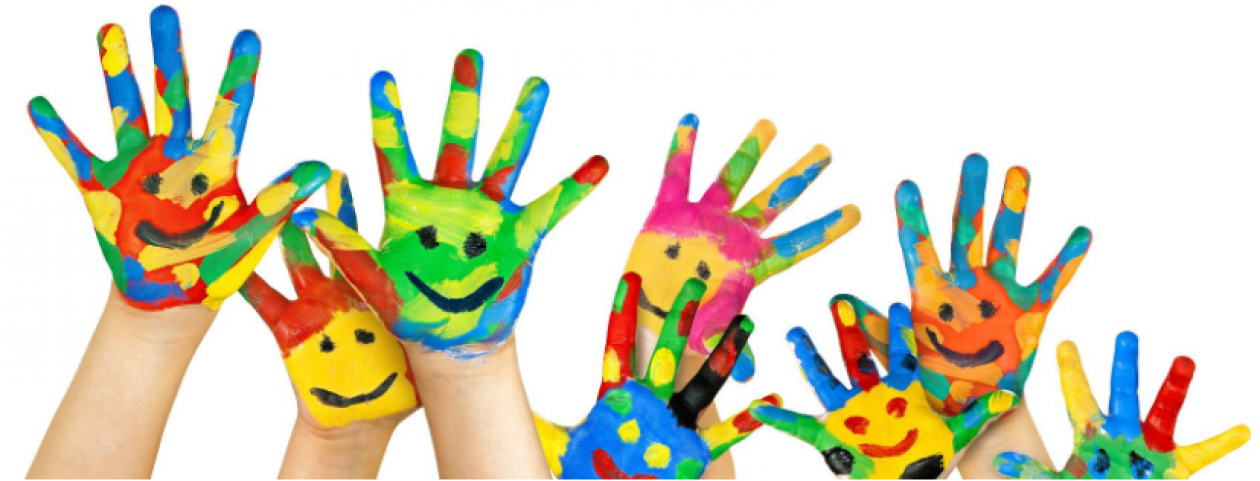This homemade version of Kerplunk is the perfect activity for
busy young minds and a great game for all the family to play.
What you need:
• Approx. 40 coloured pom-poms
• BBQ sticks, pipe-cleaners or straws
• A large colander
What to do:
1. Sit the colander on a surface and fill it up
with pom-poms.
2. Once the pom-poms are in, place your
sticks , straws or pipe cleaners through the holes,
from one side to the other. Depending
on the situation your wee ones can help
you out with this too!
3. Turn the colander upside down, and get
your wee ones to take turns in removing the
sticks.
4. As they take out various sticks, pom
poms should start to fall onto the table.
5. Don’t place any rules on the children, or
any idea of ’winners’ – let them choose
how the game works.
6. Great for their fine-motor control, it’s
also a great way to let them express their
imagination and practice taking turns.










